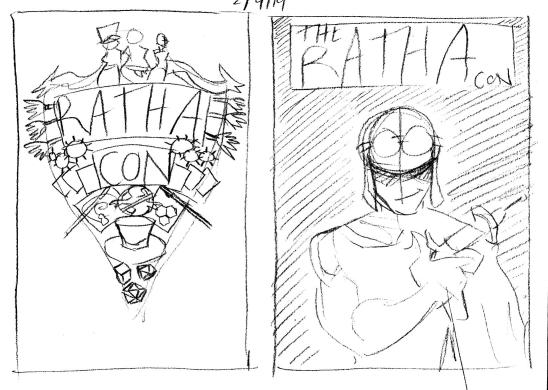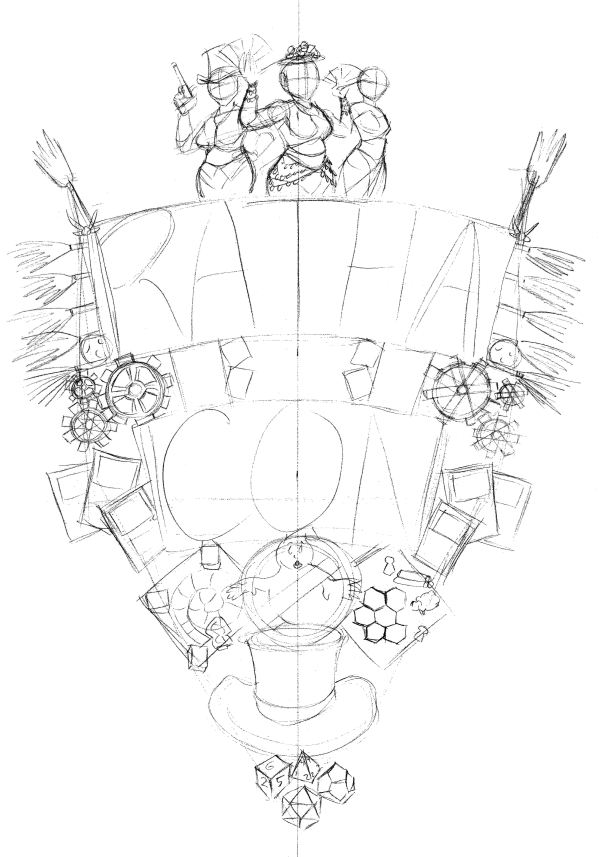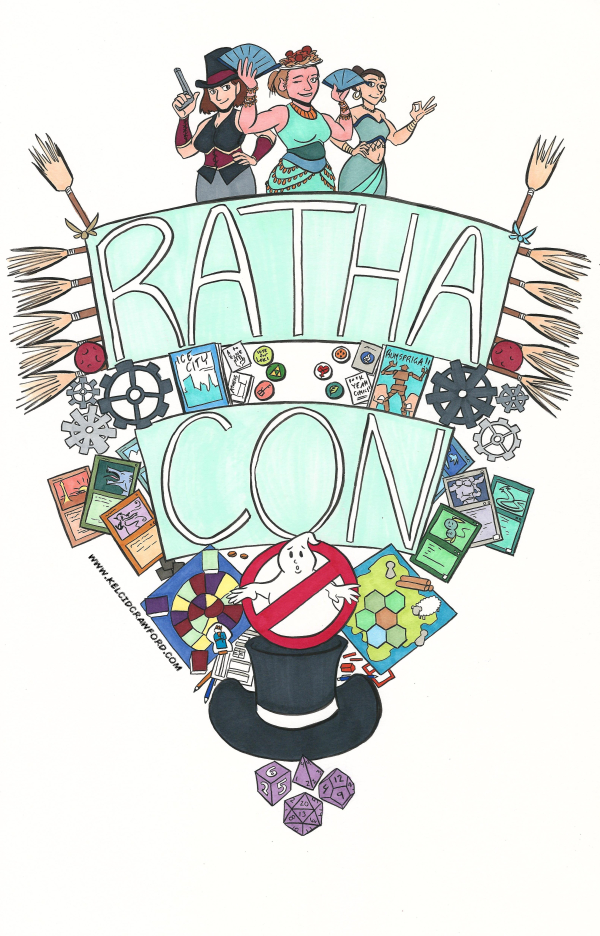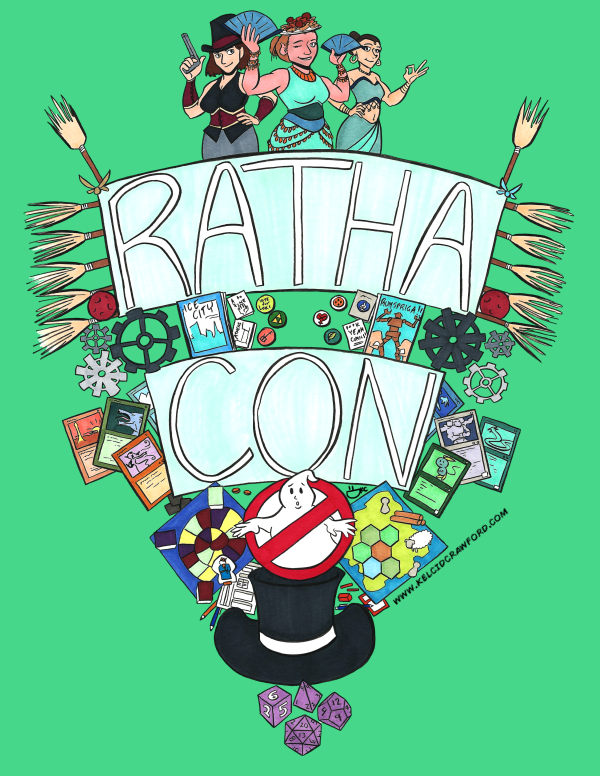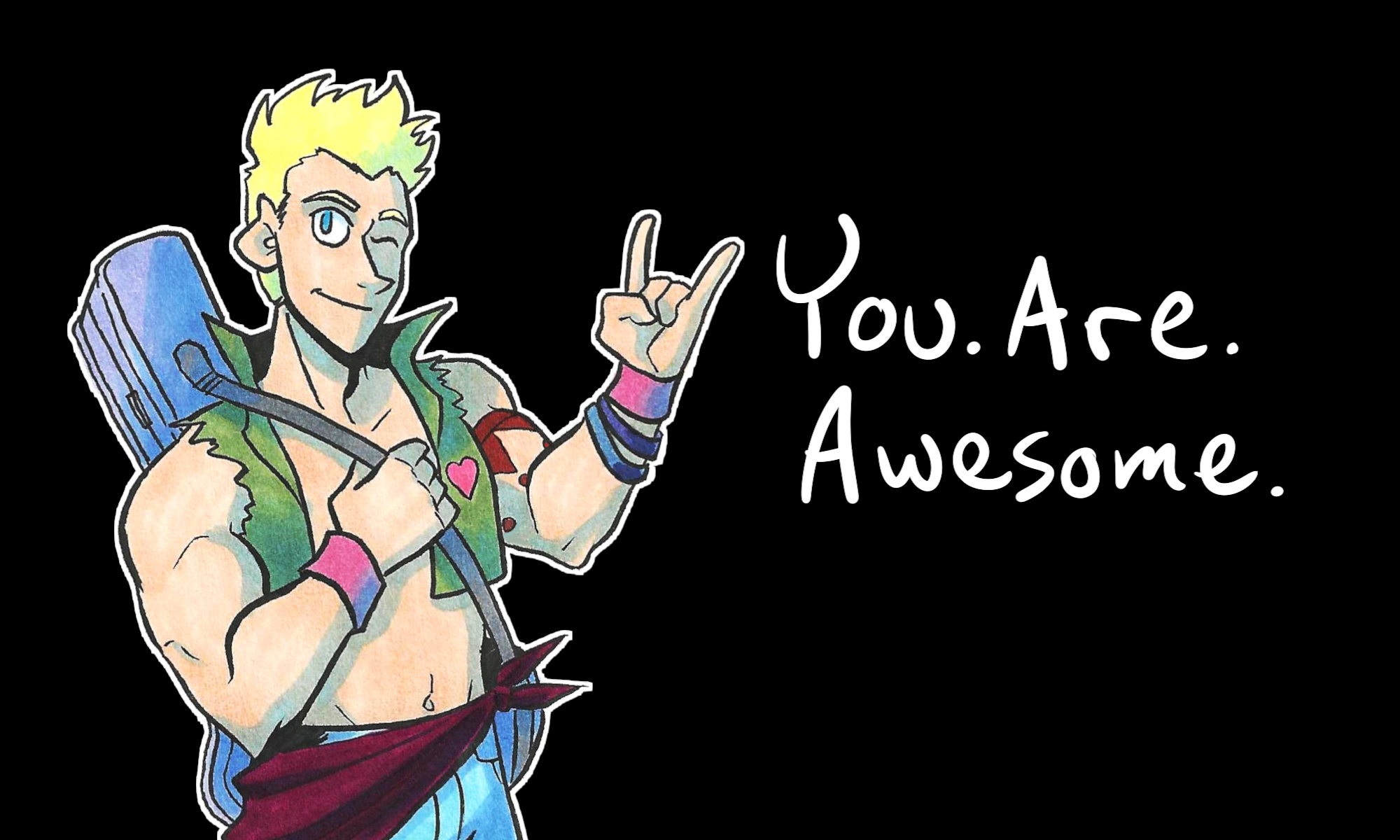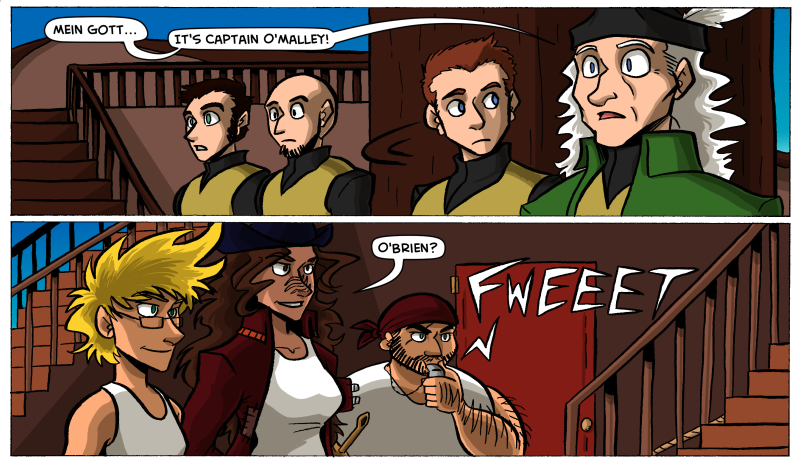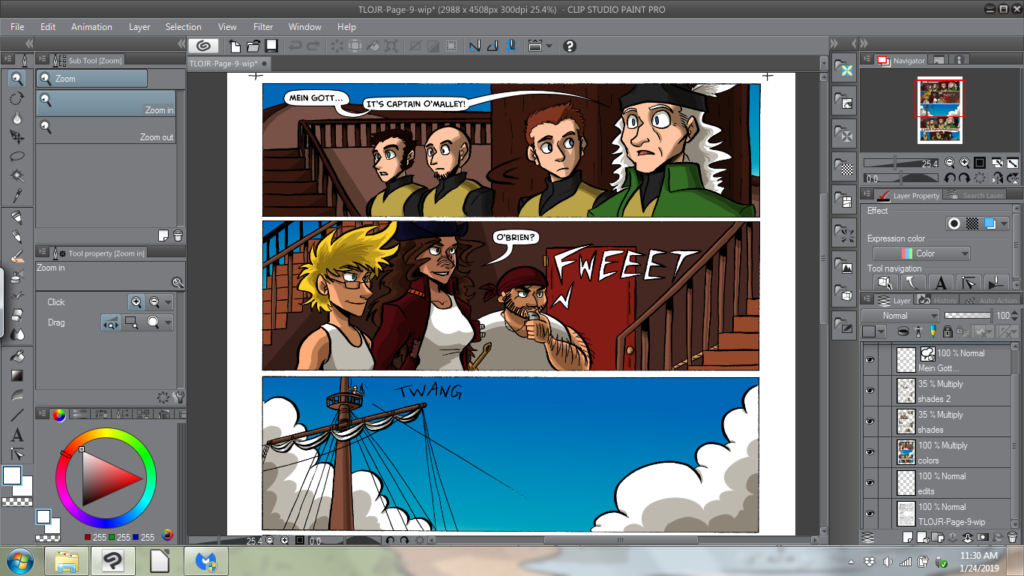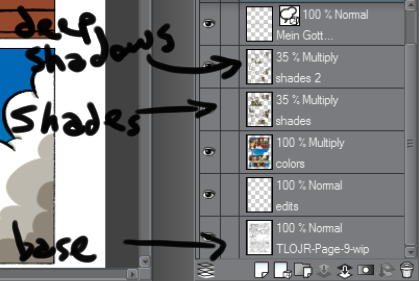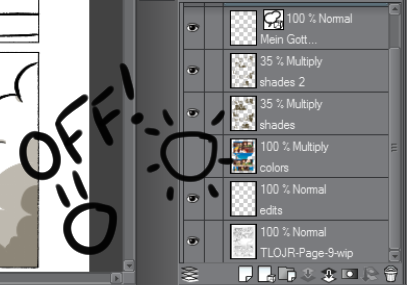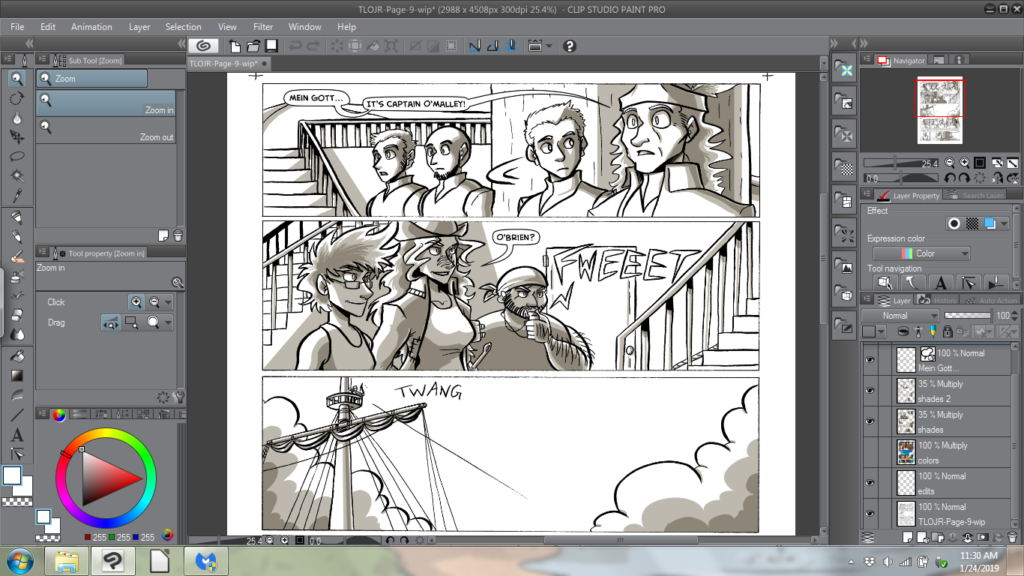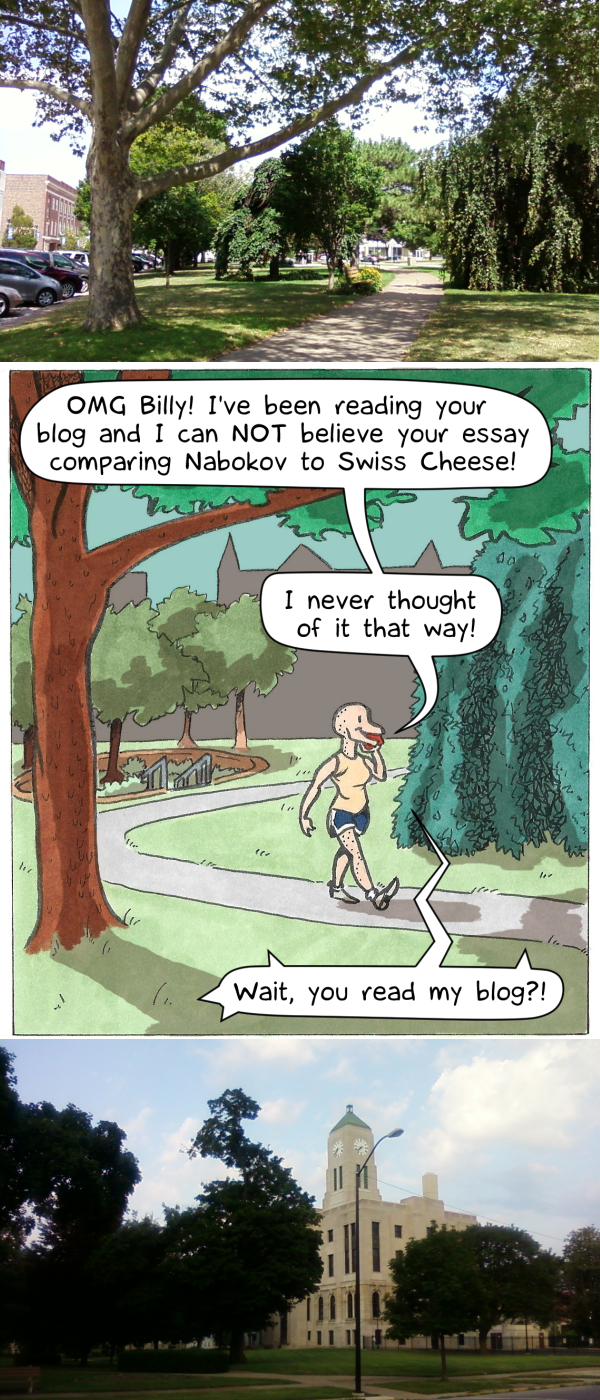(CONTENT WARNING: There’s swearing. Because I get really passionate about this shit.)
I am not an expert. I have sales experience under my belt, from doing caricatures at Cedar Point for 3 years, and doing comic conventions for the last 5 (really kicking into gear in the last 2). But if there’s a World Sales Martial Arts Tournament out there, I’ve never participated in it, much less gotten a black belt or 1 million Zenny. With that said, don’t take too much salt with what I’m about to say, especially since what I’m going to suggest flies in the face of what a lot of “experts” will say.
Here’s what works for me when I sell my comics, prints and other sundry at conventions:
1. Opening with “How’s It Going?”
Tyler James, I know you don’t claim to be an expert but I’m going to call you out for a second because I remember one episode of ComixLaunch that pissed me off. Here’s why:
The advice in one of these podcast episodes was NOT to open with “Hey how’s it going,” but to open with “Do you like to read comics?”
At a comic convention this is about the same thing as asking if water is wet.
Not to mention that I tried this “Do you like comics” exactly once, and the guy looked me in the eye and said, “No thanks.”
I am brutal when it comes to sales tactics. If it fails even once, I will never use it again. So guess what opener I never used?
I’ve mostly trained myself into this new habit instead – when I ask, “How’s it going?” and someone answers something like, “Good, you?” I can follow that up with, “Well, I’m just selling my stuff today.” THAT is what gets people to stop 99% of the time.
Every once in a while, someone will answer with a “Good,” and nothing else. That’s fine. Conventions are big enough to allow passers-by and it won’t hurt you. Some people will want to tell you their life story. That’s fine, too: let them stick around because seeing someone at a table will entice other customers to come over. Also, you never know when that someone telling you their life story is going to give you an idea you can put into your comics. Just make sure the person is not a Time Bandit (more on this in a minute).
2. Ask the Customer About Themselves.
Now, the ONE episode of ComixLaunch I actually liked was one that Tyler didn’t host himself – it was hosted by Josh Dahl. Here’s a link to the episode. I internalized ALL these things just before Awesome Con and it resulted in my biggest sales jump yet. Plus, I got to try a technique I hadn’t used in years, and it re-inspired me to use it again.
The technique? Get the customer to talk about themselves.
You are there to meet new people. Show some goddamn interest in other people.
Don’t just talk about yourself and your work – ask the other person about what their T-shirt is referencing. Ask them if it’s their first time at the convention you’re at. Ask what they’re most excited to see at the convention. Ask, ask, ask.
Get to know the other person you are talking to. Even if they don’t buy from you, they will remember how outgoing you are.
Also, tying into this, throw out compliments. Throw ALL THE COMPLIMENTS. Even if the person is just walking by your table, throw a compliment at them.
Keep it genuine. My personal favorite thing is to compliment a cosplay, especially if it’s something I recognize.
3. DO NOT TALK POLITICS, DAMMIT.
I think it’s because I have rainbows on some of my art pieces, but there are (once in a blue moon, at least) people – usually dudes – who will approach and ask something charged.
There was one particular show at a local comic shop I remember. There was a dude who came up to me and it started when he asked to friend me on Facebook. I said, “No, I like to keep my Facebook friends separate from my art page, especially because my personal page can get political sometimes.”
Well, one thing led to another and eventually this dude spent literally 10 minutes trying to get me to engage in a conversation about how “naturally weak” women are because of some statistics about women tennis players vs. men tennis players using numbers that I’m 110% sure he pulled out of his ass.
This isn’t the first time something like this has happened to me – back in my caricature days, I remember one teenage girl looked me dead in the eyes and asked me, “Do you believe in hell?”
So here’s a pro-tip from someone who gets asked these sorts of questions a lot: if someone asks you a question that YOU KNOW will lead to a heated discussion, say this:
“I’m on the clock right now, so I can’t really talk about that. If you want to talk with me outside of work, here’s my business card.”
And the best thing is, by doing this you guarantee that the person will not actually contact you outside of the show with those questions. Because they ask you those questions to get you riled up in the moment.
Brush them off. You are not there for them. You are there to find Your People. If they ask you politically charged questions and you know it’s to rile you up, they are not Your People. Move them away ASAP.
4. Play Whose Line Is It Anyway: Con Style
Maybe it’s because I’m really good at improvising, but my favorite thing about going to conventions and talking with people is going off-script.
See, there’s usually a script in mind when I pitch my comics and work to folks. But if given the chance, I would rather improvise and go off-script. This will make you appear more approachable. Yes, having a script is nice (after all, people expect you to know what it is you’re selling). However, I would rather activate my senses and gauge whether the person I’m talking to is even interested or not.
You can usually tell when someone is just looking and they don’t intend to buy from you – they don’t make eye contact, they scan but don’t touch, and their responses to your questions are short. Let them look. If someone else is nearby, talk to them.
Improv is about energy. You want to keep your energy up and engage with the “Yes, and.”
(For those who don’t know, “Yes, and” refers to the idea that when you build a joke, you keep “no” out of your vocabulary. If someone asks “Isn’t the sky kinda purple today?” You answer with “yes, and” to build the energy in the scene.)
Saying “no,” even non-verbally, cuts the energy off. You want to engage with people, not walls.
5. Beware the Time Bandits.
Grace bless teenage boys, because they don’t entirely know when to stop talking about what it is they’re obsessed over. Teenage boys are not the only culprits of being Time Bandits, but in my experience, Time Bandits tend to be that demographic.
Time Bandits are people who will demand your attention for as long as humanly possible. There was one case at a local show in which a Time Bandit stayed at my table for TWENTY SOLID MINUTES babbling about Invader Zim.
(FYI, I did not like Invader Zim before the Time Bandit, and I sure as shit do not like Invader Zim now.)
Time Bandits are life-draining to your table. They will scare away any potential customer because the Time Bandit will do their damndest to keep your attention on them AND ONLY THEM.
Other customers will want to talk to you, but the Time Bandit will demand your acknowledgment so often that you cannot peel away to talk to the other person who came up to you. Or if you try to peel away, they’ll give off this vibe that they’ve been rejected, and they’ll sulk.
My advice – have a table buddy as often as humanly possible. Your table buddy can help you divert the attention of the Time Bandit, or talk to the other person who has approached you who wants to engage with you.
If you are at your table by yourself, encourage the Time Bandit to visit other tables. This DOES require that you know who else is at the show and what stuff they have. You don’t have to have extensive knowledge – just enough to know if there’s something out on the floor that would more closely pertain to the Time Bandit’s interest. Direct them that way as soon as you fucking can.
Because the worst thing is – Time Bandits don’t buy from you. I think they operate under the assumption that “oh, I can’t buy something from this person. Maybe if we talk about something we like for a few minutes, that would make this person feel like my time here was worth something.”
To any potential Time Bandits who may be reading this – I appreciate the gesture, but it’s not necessary. I go to conventions to talk to as many people as possible because I want to add to their experience. By trying to keep my attention on you, you are depriving me from making someone else’s convention experience awesome. It’s selfish and you need to stop.
6. Be Fucking Excited
Don’t just be excited. Be fucking excited. Show your nerd love emblazoned across your forehead.
It can be easy to fall into the trap of thinking only about your numbers (i.e. “ok, if I make $XX that’ll make back the table. Selling X number of X books will make back the cost of hotel. Let’s see how many of these I can sell before the end of the day”).
Take this bit of advice from someone with anxiety – this is anxious behavior. STOP.
Deep breath in. Be in the present moment.
Because holy shit, you’re at a convention! There’s costumes and comics and manga and so many fucking nerds with the same interests as you! Revel in that.
Take in the excitement and the joy. Be genuinely excited about things at the show, and have fun. Trust me – that enthusiasm will bleed into how you approach your future fans.
I hope this helps.
Thank you for reading!
You. Are. Awesome.
